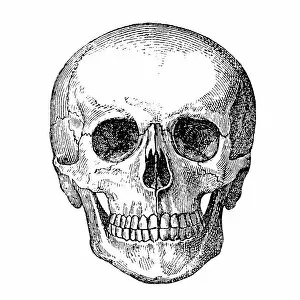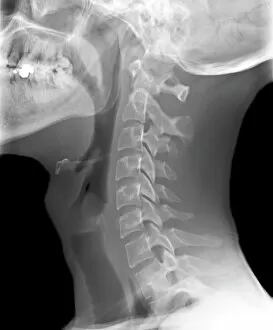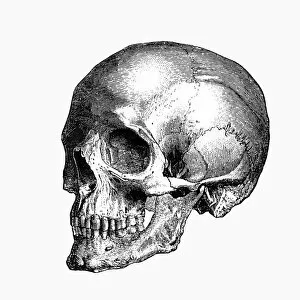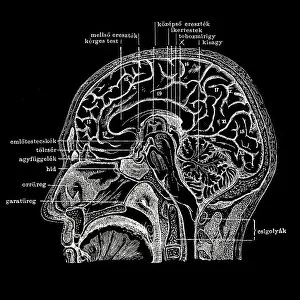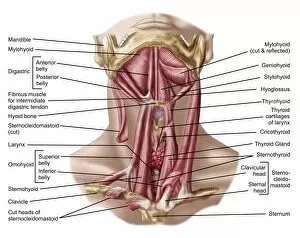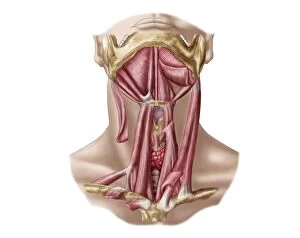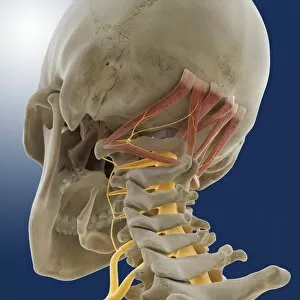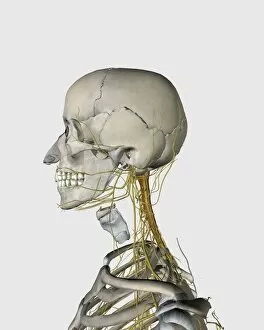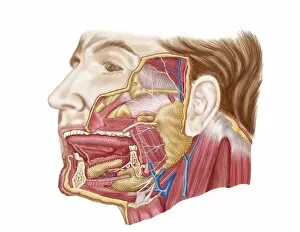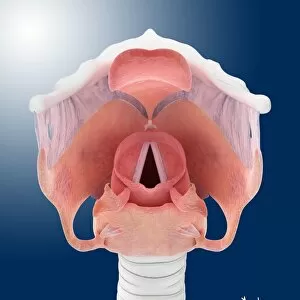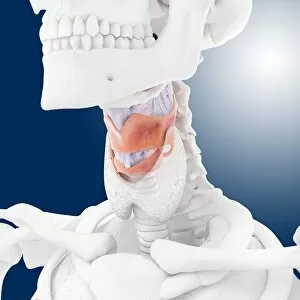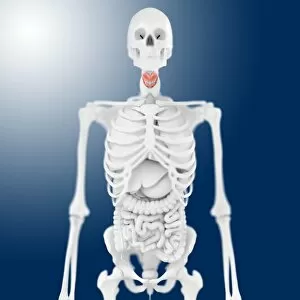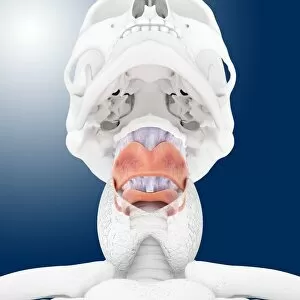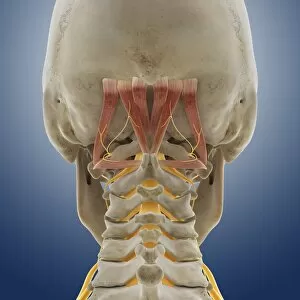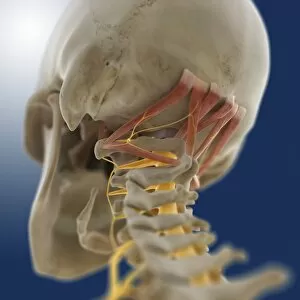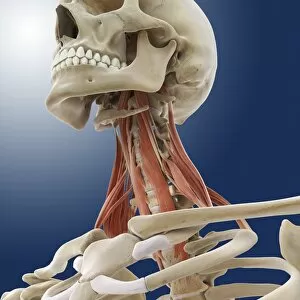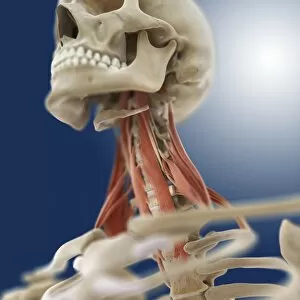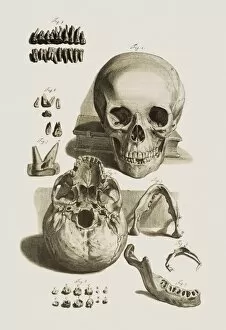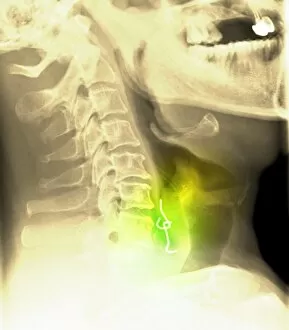Hyoid Bone Collection
The hyoid bone, located in the normal neck of a human, is an intriguing structure that often goes unnoticed
For sale as Licensed Images
Choose your image, Select your licence and Download the media
The hyoid bone, located in the normal neck of a human, is an intriguing structure that often goes unnoticed. When viewed through an X-ray or examined within the context of the human skull, its significance becomes apparent. Positioned in the anterior view of the anatomy of both the human hyoid bone and muscles, it serves as a vital connection between various structures within our head section. Intricately intertwined with suboccipital muscles and nerves, this small yet mighty bone plays a crucial role in maintaining proper posture and facilitating movement. Its presence can be observed alongside other essential components such as thyroid cartilage and nerves around the neck and head area. Not limited to just musculoskeletal function, this remarkable bone also interacts with salivary glands - another fascinating aspect of human anatomy. The intricate network formed by these glands further highlights how interconnected our body truly is. As we delve deeper into understanding this complex system, we discover that even seemingly insignificant details like Fraenum play a part in comprehending the full extent of hyoid bone's functions. So next time you examine an X-ray or explore anatomical illustrations depicting our magnificent skull or neck muscles, take a moment to appreciate the unsung hero - our very own hyoid bone - silently supporting us from within.

